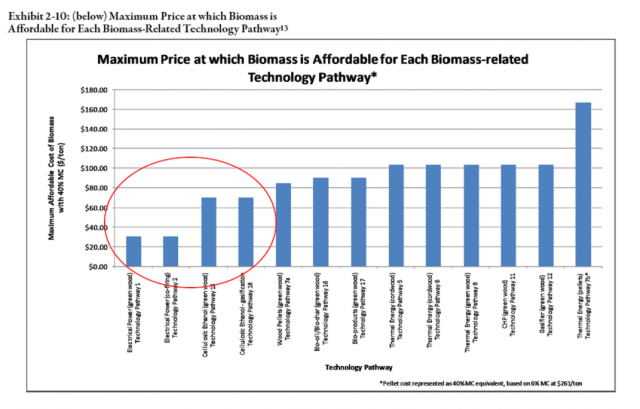I wanted to call attention to an important study released last month by the Manomet Center for Conservation Sciences, prepared for the Massachusetts Department of Energy Resources. Authored by a study team led by my former colleague Tom Walker, the analysis delves in to the many complicated elements of the biomass fuel chain. They nicely highlight competing demands for woody biomass on state land, helping to bring a level of sophistication in thinking about biomass power that Tim Searchinger and others brought to the liquid biofuels market a couple of years back.
In both sectors, it all comes back to land, so a high degree of overlap should not come as a surprise. Bringing policy (state and otherwise) along to reflect this more complex view of energy solutions may be challenging, but it is high time to begin the process. The approach seems to mark a step forward for how biomass energy is viewed in the state, something I've been critical of in the past.
The report also contains some very good information on subsidies to biomass energy in general, including those on offer through state and regional carbon reduction plans. Just as federal policies sometimes introduce higher subsidies to a new favored use (e.g., cellulosic production) to outbid federal subsidies already in place (corn ethanol and corn production in general), the table below illustrates how this lunacy could be replicated at the state or regional level.
Both liquid biofuels and biomass power are subsidized, yet are likely to compete for the same feedstocks. The Manomet study indicates that will take a good $40/ green ton to pull biomass from power markets into liquid biofuels. Some of this may come from technical improvements. Most would likely need to come from higher subsidies to cellulosic plants so they can outbid the subsidized biomass electricity producers.
